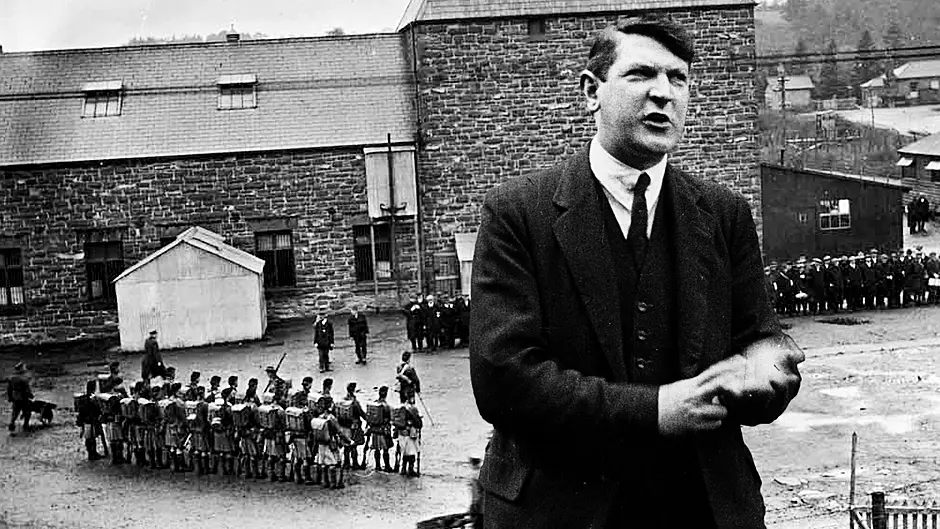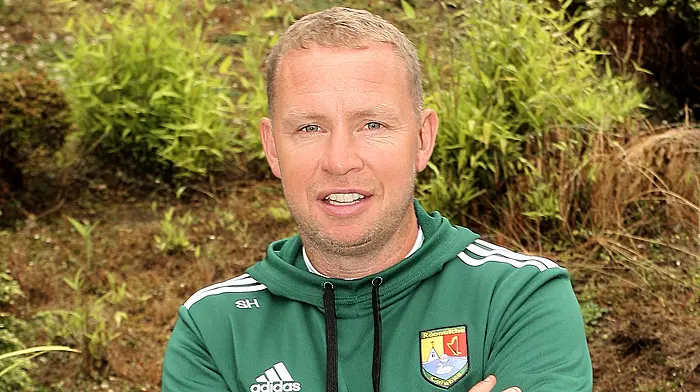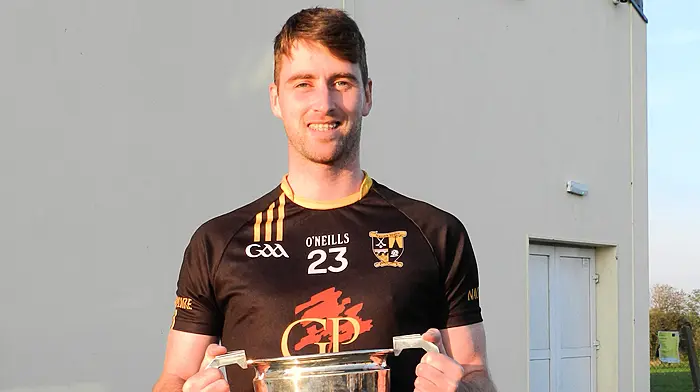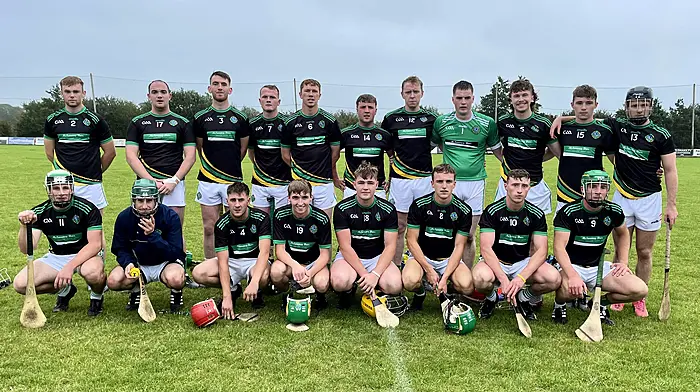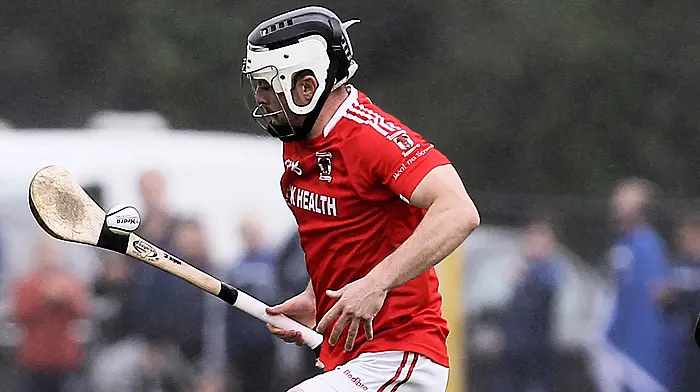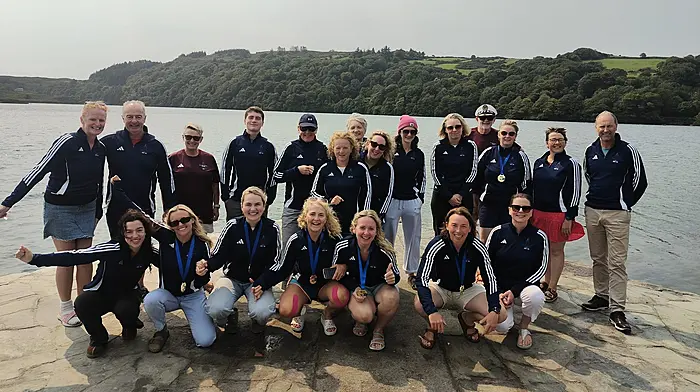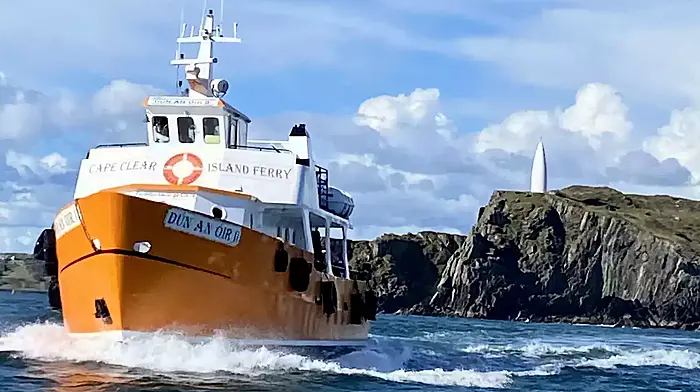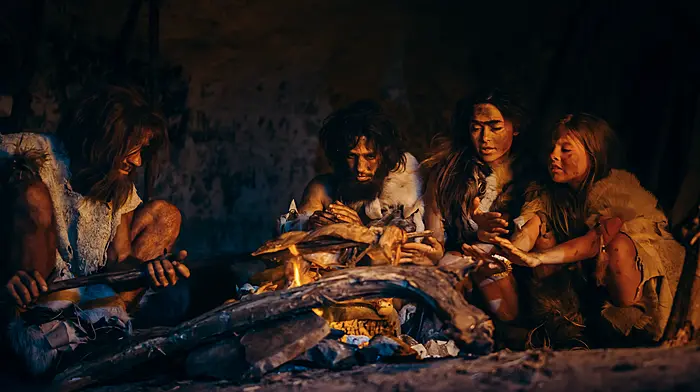
WITH the annual commemoration of the death of Michael Collins taking place this Sunday in Béal na Bláth, huge crowds are again expected to attend the event.
This year Fine Gael Health Minister Jennifer Carroll MacNeill will deliver the oration at the monument site, which was extensively redeveloped ahead of the centenary in 2022 and holds a special place for many admirers of Collins attracting visitors all year round.
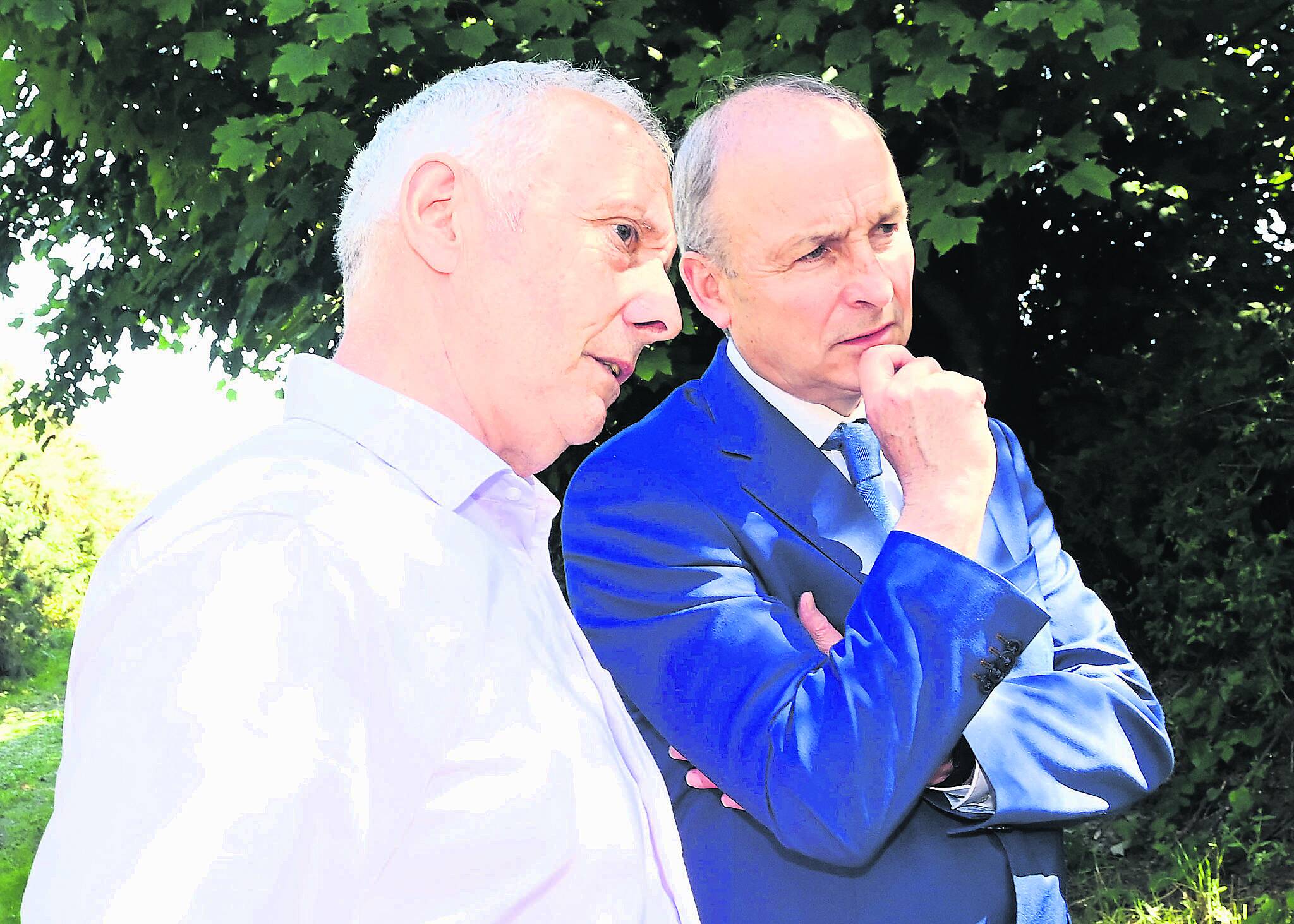 An Taoiseach Micheál Martin listens attentively to Tim Crowley from the Michael Collins Museum in Castleview. Photo: Martin Walsh.
An Taoiseach Micheál Martin listens attentively to Tim Crowley from the Michael Collins Museum in Castleview. Photo: Martin Walsh.
On the fateful day he met his death, August 22nd 1922, the 31-year-old had set out from Cork city for a tour deep into the heart of enemy territory in West Cork. He believed he was safe as the Civil War seemed to be coming to an end.
Collins began his tour at Coachford and Macroom before passing through Kilmurry and Béal na Bláth, and on to Skibbereen, Rosscarbery, Clonakilty, Newcestown and Bandon. It was while in Bandon that the last-known image of Collins was captured hours before his death as he left Lees Hotel that evening, mere hours before he was fatally shot by anti-treaty forces at Béal na Bláth.
He visited the Eldon Hotel in Skibbereen earlier that day, and a plaque at the hostelry, which first opened in 1885, outlines how it is widely thought that it was the location where he had his last meal.
Almost six years earlier, Collins along with other Irish volunteers spent time at the notorious Frongoch prison camp in Northern Wales where he began to build an incredible intelligence network.
Despite its stunning proximity to the majestic Snowdonia mountains, for many Irish prisoners Frongoch meant misery, hunger and a plague of rats.
The former distillery was turned into an internment camp by the British Government to detain those arrested after the failed Easter Rising of 1916.
As well as Collins, it also housed several other West Cork prisoners among them nine members of the Lyre Company of Irish Volunteers, as well as more high-profile names including future president of Ireland Sean T O’Kelly and acclaimed actor Barry Fitzgerald (real name William Shields).
Upon his release from Frongoch that December, Collins famously spent three weeks in Clonakilty drinking ‘Clonakilty Wrastler (a local stout) on a Frongoch stomach’ which says a lot about the lack of decent food at the prison camp.

Tim Crowley of the Michael Collins Centre in Castleview, just outside Clonakilty, explained how Frongoch played a very important role in Irish history.
‘Michael Collins met a lot of men from all parts of the country while interned there and that was the start of his incredible intelligence network which he built up. A lot of the members of the ‘squad’ in Dublin years later would have served time in Frongoch too.’
Tim paid tribute to Alwyn Jones, who has developed the former prison camp into a museum.
‘Our relationship with Frongoch prison camp goes back to 2016 when we visited it twice and that was our first meeting with Alwyn Jones,’ he revealed. ‘Tremendous credit is due to him as he is keeping the historical flag flying there in Northern Wales with his museum and tours.
‘It is fantastic to go over there and see where the camp was in 1916. It’s a fantastic tour and Alwyn take you on a tour of where the railway station used to be and the houses where they lived as well as the famous ‘Croke Park’ where the All-Ireland took place in 1916 among prisoners.’
Tim, whose grandfather Tim and his brother John were also detained there, described it as a beautiful part of the world on the doorstep of Snowdonia National Park which boasts breathtaking scenery.
‘Alywn is a historian by nature and he has done fantastic work over the past 20 years promoting the story of Frongoch internment camp,’ said Tim.
From extensive research and articles, Tim himself has found out a lot more about what life was like there for the many prisoners.
‘I have my grandfather’s actual release papers here in my museum and these are quite rare. His prison number was on the paper.’
Conditions at the camp were notoriously bad with food rations particularly inadequate, and prisoners were sleeping in old grain lofts and some developed TB and lung conditions.
‘The place was also infested with rats and one man from Dublin was named the ‘Rat Catcher of Frongoch’ as he had a full-time job catching the rats and incinerating them in the furnace.’
While it was a pretty rough place for these men, Tim said it suited them as they used it as a propaganda tool against the British.
‘There were lots of letters sent into newspapers detailing the harsh conditions that the prisoners had to endure which the volunteers would have used for maximum propaganda at the time.’
Alwyn Jones, who visited Clonakilty last year to present a talk about Frongoch alongside Tim at the Four Alls Bar in Sam’s Cross, said they held a commemorative event in 2016 at his land to mark the first Irish prisoners who arrived there and he also set up an exhibition in one of his workshops, which ran very well
‘I got planning permission in 2019 to build and the design was based on one of the army huts which housed the prisoners. It was during his time in Frongoch that Collins became a prominent leader preparing to go back for the War of Independence.’
Alwyn began building the new museum in 2020 during lockdown and it took him about two years to complete with its first visitors coming at Easter 2022.
Plans are in place to honour Collins in Frongoch next year, with a plaque to tie in with the 110th anniversary of the Easter Rising set to be unveiled.

